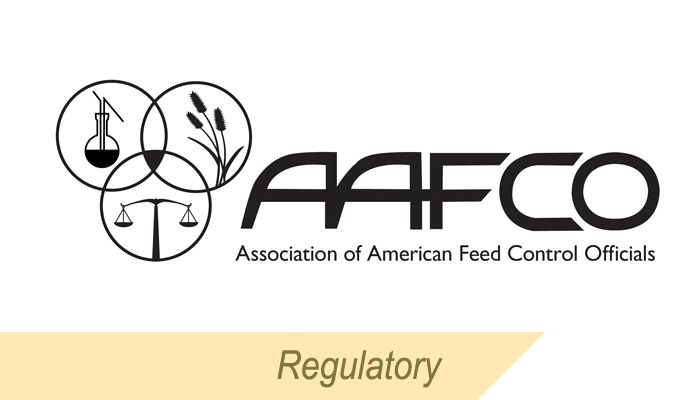The Pet Food Committee
The committee passed a motion to put a limit on how much calcium large breed dogs get, as they grow faster and longer and too much calcium can cause health issues – developmental bone diseases. But, then, the committee passed a motion to create a working group to revise the total guidelines (which haven’t changed since 1994).
So, another six months until things change; another 6 months until the calcium rule becomes official in the written policy manual. Minimum.
Another discussion referred to the label claims some pet foods make that their food can be plaque and/or tartar control – the new, proposed rule says a company must clarify if their food uses chemicals or hard crunchies to remove tartar from teeth. Then -you’ll like this – a statement in the rule that this is a low priority and the CVM (USDA Center for Veterinary Medicine) won’t enforce the rule!
So the proposed rule gives pet food manufacturers the option to say their food cleans teeth without backing their claim. You really did read that right!
What’s the purpose? I suppose to promote manufacture of more dry foods. I really wonder if any of these people own pets – they’d see their dogs don’t chew the food so it’s not likely the food cleans their teeth. If they had pets, they wouldn’t want zinc hydroxychloride (see yesterday’s blog post) being fed to the livestock that became their cat food. Good news is members of the committee had never seen the proposed language regarding tartar control before, so they tabled the discussion until January.
Because this was the last meeting of the session, the meeting closed before any other topics could be brought up. The next discussion was supposed to be whether a food manufacturer can use a picture of grilled chicken breast on the label if the food does not actually contain grilled chicken. Misleading, don’t you think? We’ll plan on that discussion in January too.
Now that I finally went, yes, I’ll go again. Not because it was fun, although the childish comment about my hair is still keeping me laughing, but because no consumers go. Yet consumers, those who actually buy and feed the foods legislated by this group, trust the AAFCO standard to mean the food is safe, healthy, maybe even good. Since few consumers are there, I’ll attend and poke the bear – see if they talk about more than my hair next time.

